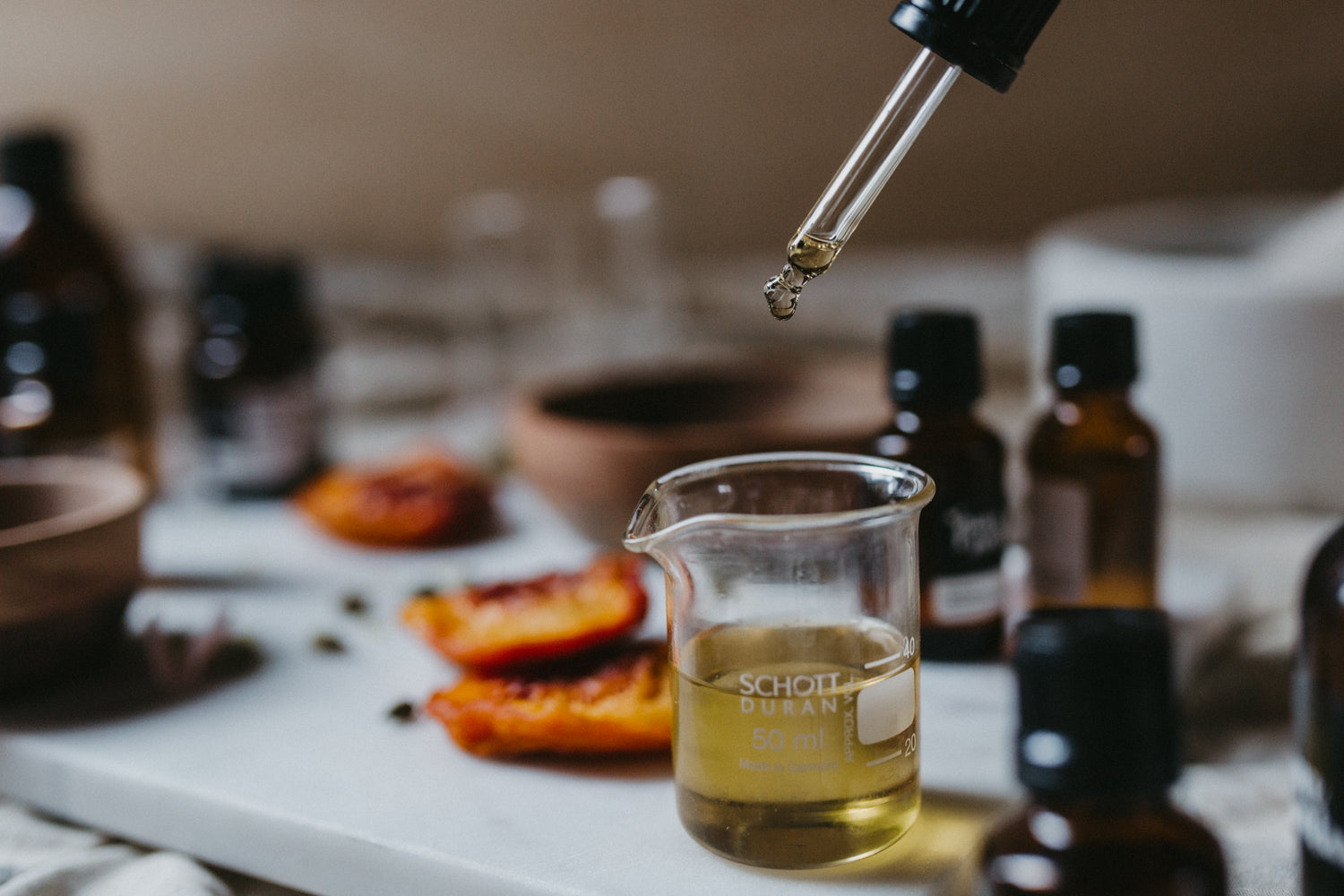Our key ingredients
We use nature's formulas at CoSkin. The three main types of ingredients we use are plant oils, essential oils, and plant butters. Keep reading to learn more about these or dive deeper in our blog.

Plant Oils
At Co-Skin, we carefully select the purest plant-based oils to provide nourishing, protective, and healing benefits for your skin. Each oil we use is packed with essential fatty acids, vitamins, and antioxidants that naturally improve skin health.

Essential Oils
We use essential oils to naturally nourish, protect, and heal your skin. Rich in antioxidants and anti-inflammatory properties, essential oils like Cedarwood, Chamomile and Frankincense hydrate and soothe irritation. Their natural benefits, paired with calming aromatherapy, make essential oils a vital part of our ingredients.

Plant Butters
We use plant butters like shea, mango, coconut, and aloe to deeply moisturise and protect your skin. Rich in vitamins and fatty acids, these butters soften, heal, and enhance skin elasticity. Shea and mango butter are especially effective in soothing dry or irritated skin, while coconut and aloe provide long-lasting hydration and a natural barrier against environmental damage for healthy skin.

Other Ingredients
We carefully incorporate a selection of vitamins, co-enzymes, and other specialised ingredients to enhance the effectiveness of our natural products. These components, like Vitamin E and Hyaluronic Acid, provide essential antioxidants, hydration, and protection against environmental stressors. They complement the natural oils by boosting skin resilience, supporting cell regeneration, and ensuring long-lasting moisture.
